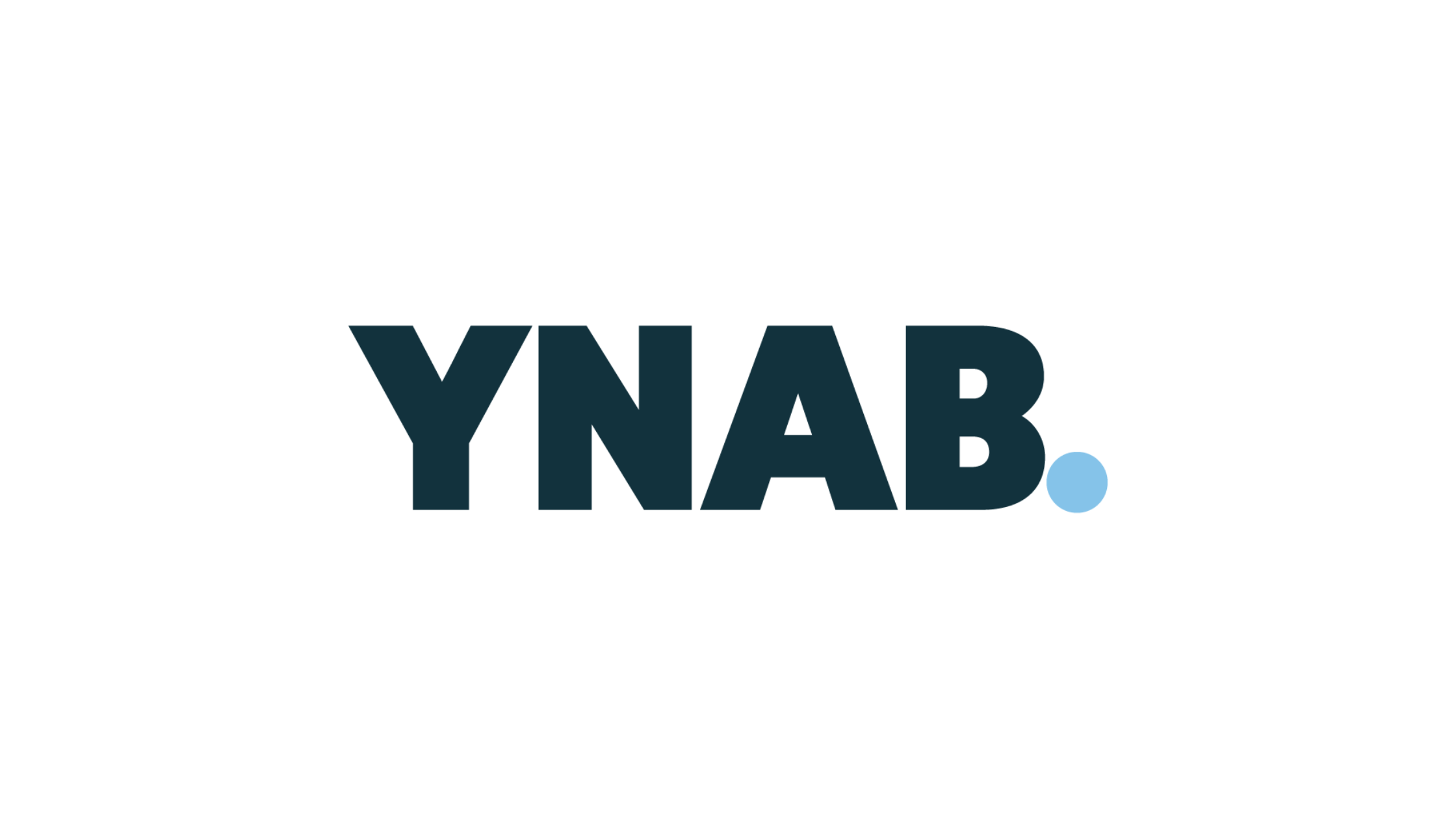Student loan debt is often characterized as “good debt” because it is an investment in the student’s future. (However, some people might draw a distinction between bad debt and worse debt, instead of good debt and bad debt, arguing that all debt is bad.)
What is Good Debt?
Good debt is used to finance investments that are expected to appreciate in value and/or to produce income.
Good debt is defined in terms of investments, not consumption. Examples of good debt include student loans and mortgages, but not auto loans and credit cards. Cars and trucks lose value over time, though some may be necessary to produce income.
The cost of debt matters when defining good debt. All debt increases the cost of a product or service. Some loans are more expensive because they have higher interest rates or longer repayment terms. For example, pay day loans often involve very high interest rates.
Risk also matters. Margin loans, like derivatives, are forms of leveraging, which try to magnify the return on investment. But, they also magnify the risk of loss.
Good debt can include debt to refinance existing debt at a lower cost. For example, credit cards can be refinanced into a home equity loan with a lower interest rate to reduce the cost of the debt.
Too Much of a Good Thing Can Hurt You
Consumers should never borrow more than they can afford to repay. Students (and parents) need to keep their total student loan debt in sync with income.
Total student loan debt at graduation should be less than the student’s annual starting salary and, ideally, a lot less.
- If total debt is less than annual income, the borrower should be able to repay his or her student loans in ten years or less.
- If total debt exceeds annual income, the borrower will struggle to repay the debt and will need an alternate repayment plan, like extended repayment or income-based repayment, to afford the monthly loan payments. These repayment plans reduce the monthly payment by increasing the term of the loan. But this increases the total interest paid over the life of the loan. It also means that the borrower will still be repaying his or her own student loans when the borrower’s children enroll in college. Paying off the loan quicker saves money.
To estimate debt at graduation, multiply first year debt by the length of the educational program. This will yield an estimate of total debt that is within about 15% of the actual figure. For example, if a student in a Bachelor’s degree program borrows $6,500 as a freshman, multiply this figure by 4 to yield an estimate of $26,000 for cumulative debt at graduation for typical borrowers. Income data can be obtained from payscale.com, salary.com or bls.gov.
Likewise, parents should borrow no more for all their children than they can afford to repay in ten years or by the time they retire, whichever comes first. If retirement is only five years away, they should borrow half as much.







